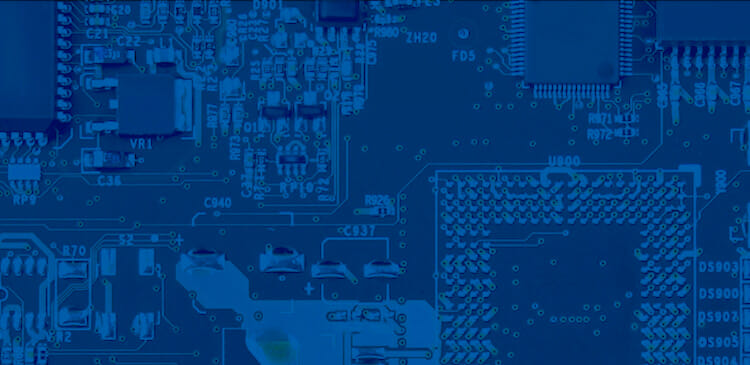

Many of today’s technologies require electronic components that produce a stable clock reference signal for optimum performance. In these designs, there’s a need to compensate for the effects that wide temperature swings can have on a crystal’s output frequency. When combined with an appropriate chipset, a crystal with a built-in temperature sensor can offer very tight frequency stabilities. This makes them ideal for a wide variety of precise applications and designs and suitable replacements for temperature compensated crystal oscillators (TXCOs).
| Part Number | Support Docs | Type | Package Code | Package Size | Frequency | Tolerance | Stability | Operating Temperature | |
|---|---|---|---|---|---|---|---|---|---|
 | ECX-1637TC 38.4 MHz | Datasheet Support Docs | Thermistor MHz Crystal | 37TC | 2.05mm x 1.65mm | 38.4 MHz | ±10ppm | ±12ppm | -30°C ~ 85°C |
 | ECX-2236TC 26 MHz | Datasheet Support Docs | Thermistor MHz Crystal | 36TC | 2.55mm x 2.05mm | 26 MHz | ±10ppm | ±12ppm | -30°C ~ 85°C |
 | ECX-1637TC 26 MHz | Datasheet Support Docs | Thermistor MHz Crystal | 37TC | 2.05mm x 1.65mm | 26 MHz | ±10ppm | ±12ppm | -30°C ~ 85°C |
 | ECX-2236TC 19.2 MHz | Datasheet Support Docs | Thermistor MHz Crystal | 36TC | 2.55mm x 2.05mm | 19.2 MHz | ±10ppm | ±12ppm | -30°C ~ 85°C |
 | ECX-1637TC 19.2 MHz | Datasheet Support Docs | Thermistor MHz Crystal | 37TC | 2.05mm x 1.65mm | 19.2 MHz | ±10ppm | ±12ppm | -30°C ~ 85°C |
A thermistor is a type of resistor that has a variable resistance depending on the temperature. In essence, they’re temp sensors. Thermistors are made up of binders, stabilizers and sensitive semiconductor-based metal oxides; the ratios determine the component’s resistance.
While a thermistor’s primary use is as a resistive temperature sensor, it can also be connected within a series with other components or devices to control electrical current; thus, it can be used as a current-limiting device as well. Both of these uses are accomplished using one of two primary types of thermistors:
By combining the crystal and temperature sensor in the same hermetically sealed package, you get several advantages over traditional designs that feature separate crystals and temp sensors. Proximity of each component within the circuit gives real-time crystal temperature feedback. It also minimizes part count, saving circuit board space and simplifying circuit design. Crystals with built-in thermistors offer significantly more stable temperature performance and feature an optimized design that make them a perfect fit for many applications requiring passive electronic components.
Ultimately, a thermistor crystal’s ability to compensate for the effects of temperature on quartz crystals results in tight frequency stability and optimized circuit board design. Plus, when you order thermistor crystals from ECS Inc., a world leader in the manufacturing of passive electronic components, you’ll also get a level of reliability and durability that is unmatched in the industry.
Click here for the thermistor crystal application note.
Get in touch with a sales representative if you need more information about MHz crystals with integrated thermistors or have questions about a specific requirement in your application design. Contact the ECS engineering team at engineering@ecsxtal.com for assistance with products, board respins and any additional questions. Refer to the ECS Inc. online resource library for more specifications and information about products and applications.
Visit the Resource Library